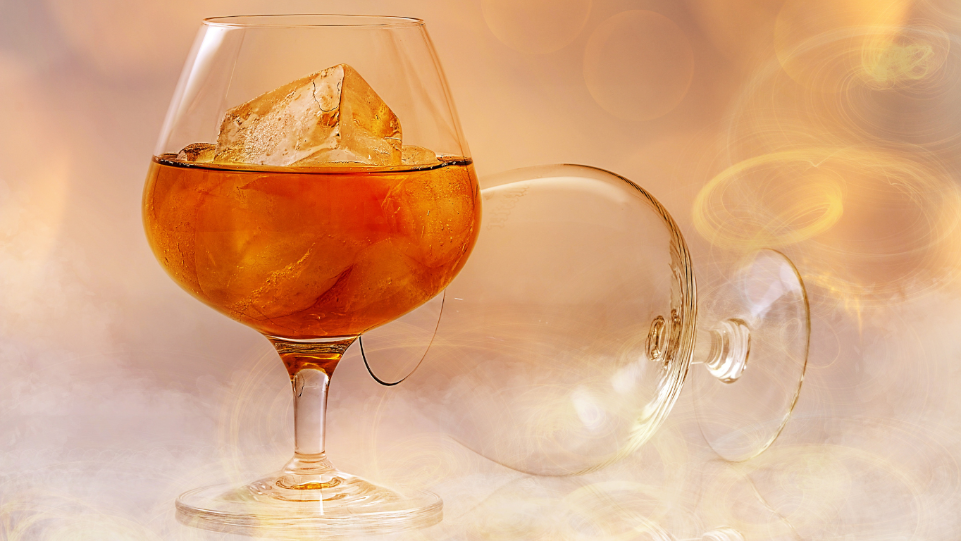Brandy: The Past, Present, and Future of a Timeless Spirit
Few spirits carry as much history—or as much untapped potential—as brandy. Once considered the crown jewel of European distilling and a symbol of refinement, brandy has long held a place in the pantheon of fine spirits. Yet today, it’s also one of the most exciting categories for innovation, with producers around the world reimagining what brandy can be. From artisanal American craft distilleries to revitalized French houses and experimental Latin American producers, brandy is stepping confidently into a new era—one that honors its heritage while embracing bold new expressions.
Brandy’s Evolution: From Tradition to Transformation
Brandy’s roots stretch back to the 13th century, when European distillers first began concentrating wine through distillation—originally for preservation and medicinal purposes. The word “brandy” itself comes from the Dutch brandewijn, meaning “burnt wine,” a nod to its origins as distilled wine spirit. By the 17th and 18th centuries, brandy production had become an art form, particularly in France’s Cognac and Armagnac regions, where mastery of grape selection, oak aging, and blending elevated it into a global luxury.
For centuries, brandy was the benchmark for elegance—favored by royalty, traders, and tastemakers alike. Its layered aromas, velvety texture, and subtle interplay between fruit and oak made it a drink for contemplation and celebration.
But like many classic spirits, brandy has weathered cycles of popularity. The rise of whiskey, rum, and agave spirits in the 20th century shifted consumer attention elsewhere. Yet that very shift has opened space for brandy’s quiet renaissance.
Today’s brandy producers are no longer confined to the boundaries of Cognac or Armagnac. California distillers are crafting terroir-driven expressions that showcase local grape varietals; Latin American producers are elevating pisco, singani, and Peruvian brandy with precision and pride; and experimental distillers across Asia and Australia are reinterpreting traditional methods with local fruit, innovative cask finishes, and hybrid aging techniques.
Technology and sustainability have also joined the conversation. Producers are embracing solar-powered stills, zero-waste production, and creative barrel management, pushing brandy toward a more conscious future while preserving its artisanal soul.
A Spirit for the Modern Palate
Modern consumers are discovering what connoisseurs have known all along: brandy is a spirit of depth, versatility, and emotion. It can be enjoyed neat, where time and oak reveal its intricate layers of dried fruit, spice, and vanilla—or as a vibrant cocktail ingredient, offering a luxurious backbone for classics like the Sidecar, Brandy Crusta, or even a modern riff on the Old Fashioned.
The new wave of brandy is unapologetically diverse. Some producers are aging their spirits in ex-bourbon or sherry casks to enhance flavor complexity. Others are experimenting with single-varietal distillations to highlight the natural character of specific grapes. Collectively, these efforts are redefining what brandy means for a new generation—less formal, more expressive, and endlessly creative.
The Future: Rediscovery and Reinvention
The resurgence of brandy reflects a broader movement in spirits: a desire to connect history with innovation. For enthusiasts and producers alike, brandy offers a bridge between the craftsmanship of old-world distilling and the curiosity of the modern drinks landscape.
Brandy’s renaissance isn’t just about nostalgia; it’s about rediscovery. In an age where transparency, terroir, and authenticity drive passion, brandy may just be the next great comeback story in spirits.
